Watering Nepenthes – How To Water A Pitcher Plant
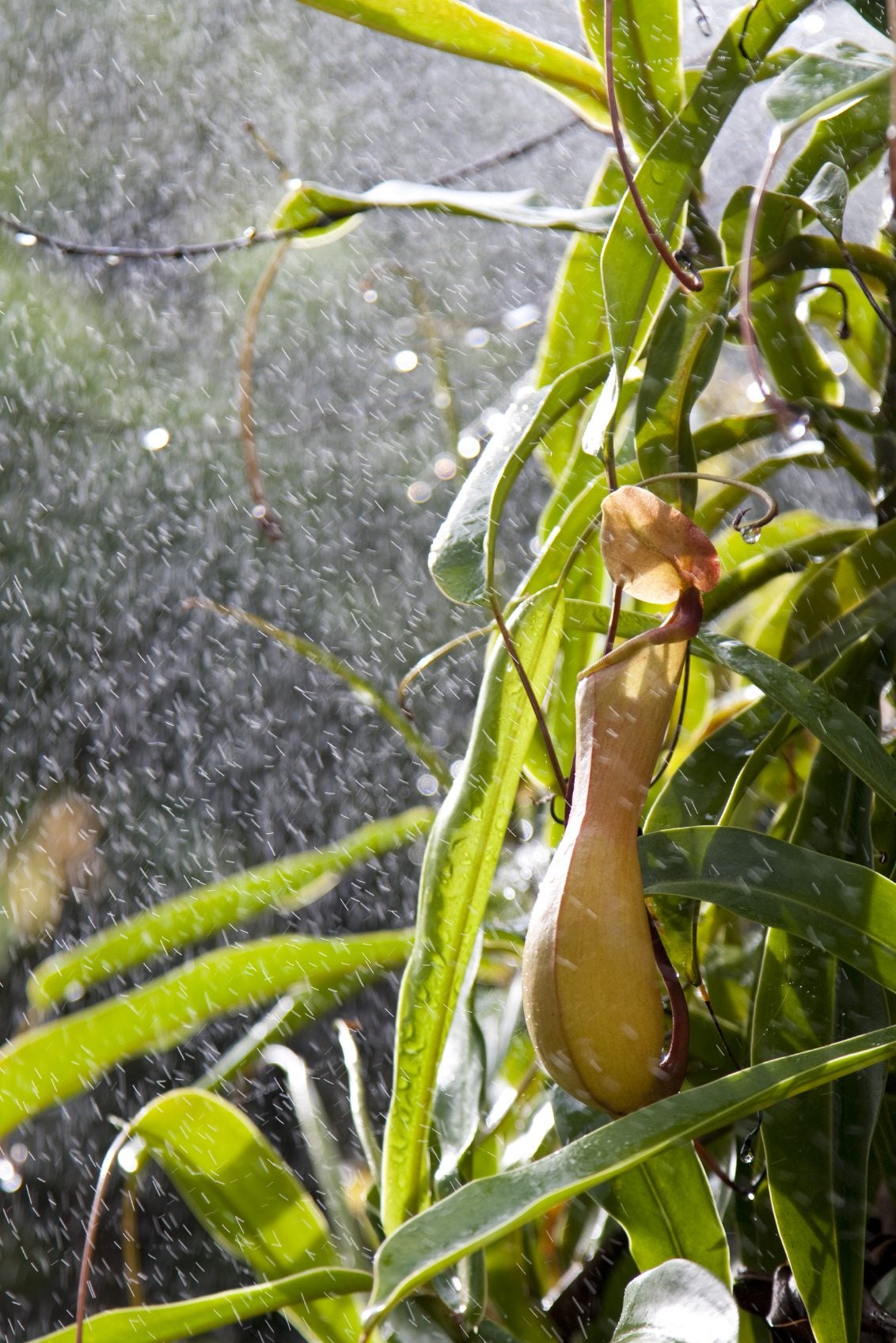

Nepenthes (pitcher plants) are fascinating plants that survive by secreting sweet nectar that lures insects to the plant’s cup-like pitchers. Once the unsuspecting insect slides into the slippery pitcher, the plant’s fluids digest the bug in soupy, sticky liquid. There are many types of exotic pitcher plants, all surprisingly easy to grow once you learn how to meet the plant’s basic needs, including proper pitcher plant watering. Read on to learn what’s involved in watering a pitcher plant.
Pitcher Plant Watering
Pitcher plants like humid, boggy environments; this is the main thing to keep in mind when watering nepenthes. Feel the planting medium regularly, and water whenever the surface of the medium begins to feel slightly dry to the touch. The plant is likely to suffer if you allow the potting medium to become completely dry. How to water a pitcher plant? Watering nepenthes is actually very simple and not that different from watering any indoor plant. Just water the plant until moisture drips through the drainage hole, then allow the pot to drain thoroughly. Never let the plant sit in water. Although nepenthes like moist soil, the plants are prone to root rot in soggy, poorly drained planting medium.
Tips on Watering Carnivorous Plants
Although pitcher plants (and other carnivorous plants) tolerate dry air, they frequently stop producing pitchers when the humidity drops below 50 percent. If the environment is dry, mist regularly or place the plant near a room humidifier. Placing the plant in a group with other plants also helps increase humidity around the plants. You can also increase humidity by placing the plant on a tray or plate with a layer of wet pebbles or gravel. Keep the pebbles consistently wet, but always keep the bottom of the pot above the water line. A terrarium is another option for pitcher plants in dry rooms. However, most pitcher plants do just fine in a less controlled environment. Use filtered, distilled water or rainwater instead of tap water. If you use hard water from the tap, water deeply with distilled water every two to three weeks to flush minerals from the soil. Avoid air-conditioned rooms, which tend to be much too dry for pitcher plants.
Gardening tips, videos, info and more delivered right to your inbox!
Sign up for the Gardening Know How newsletter today and receive a free copy of our e-book "How to Grow Delicious Tomatoes".

A Credentialed Garden Writer, Mary H. Dyer was with Gardening Know How in the very beginning, publishing articles as early as 2007.
-
 4 Superfast Composting Methods: Turn Waste Into Garden Gold In 30 Days Or Less
4 Superfast Composting Methods: Turn Waste Into Garden Gold In 30 Days Or LessTry the fastest composting methods to turbocharge your pile and transform kitchen scraps and garden waste into finished compost in just a few weeks.
By Mary Ellen Ellis
-
 Best Spider Plant Soil – Complete Soil Guide And Expert Tips For Keeping Plants Happy
Best Spider Plant Soil – Complete Soil Guide And Expert Tips For Keeping Plants HappySpider plants are fun and easy plants to grow, but what is the best soil for a spider plant? Selecting the right soil is important so they can thrive.
By Bonnie L. Grant
-
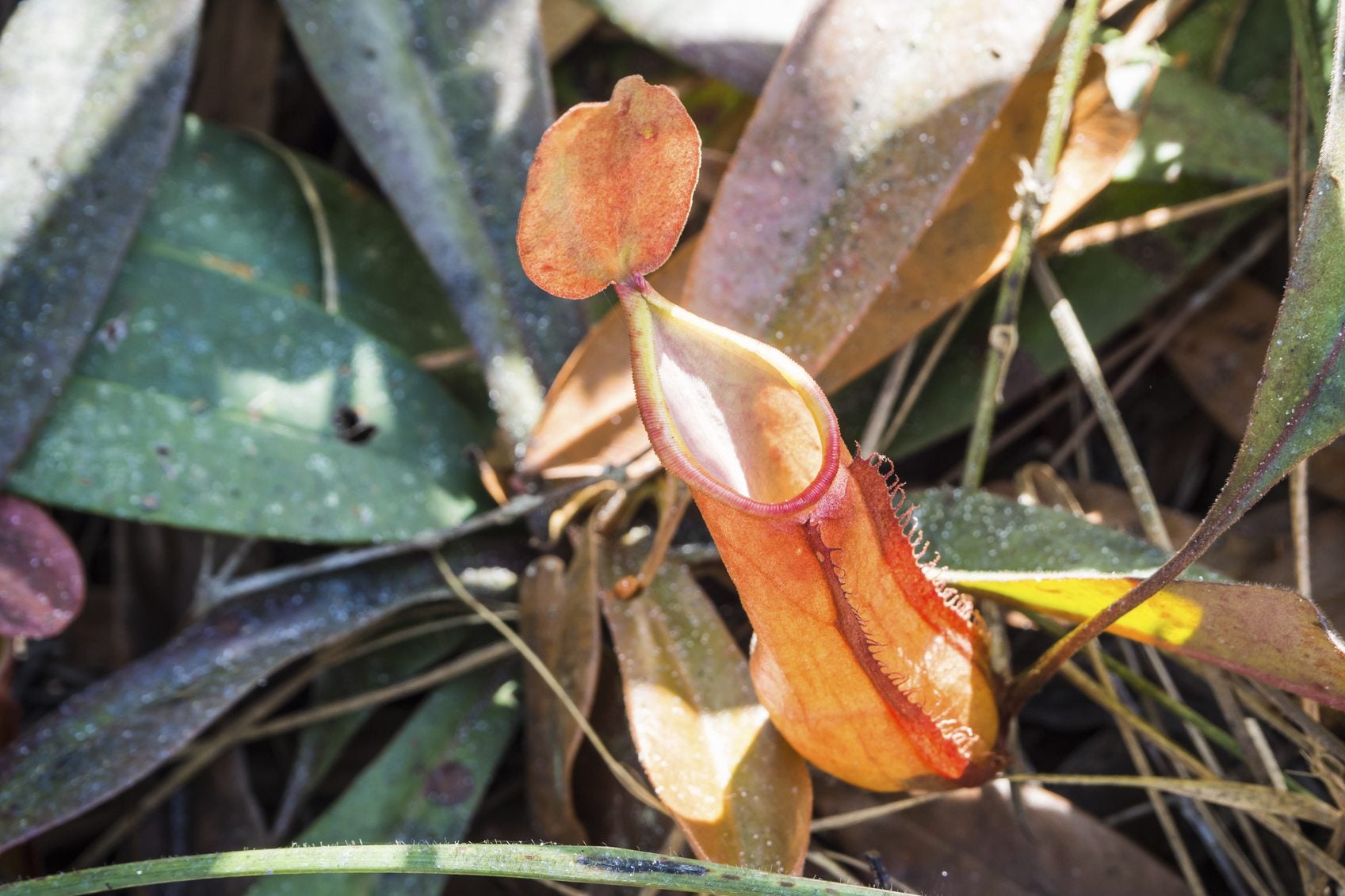 Black Pitcher Plant Leaves – Why Nepenthes Leaves Are Turning Black
Black Pitcher Plant Leaves – Why Nepenthes Leaves Are Turning BlackPitcher plant has specific needs, and it lets you know with alarming clarity when those needs aren't being met. This article explains what to do when you find your pitcher plant's leaves turning black. Click here to learn more.
By Jackie Carroll
-
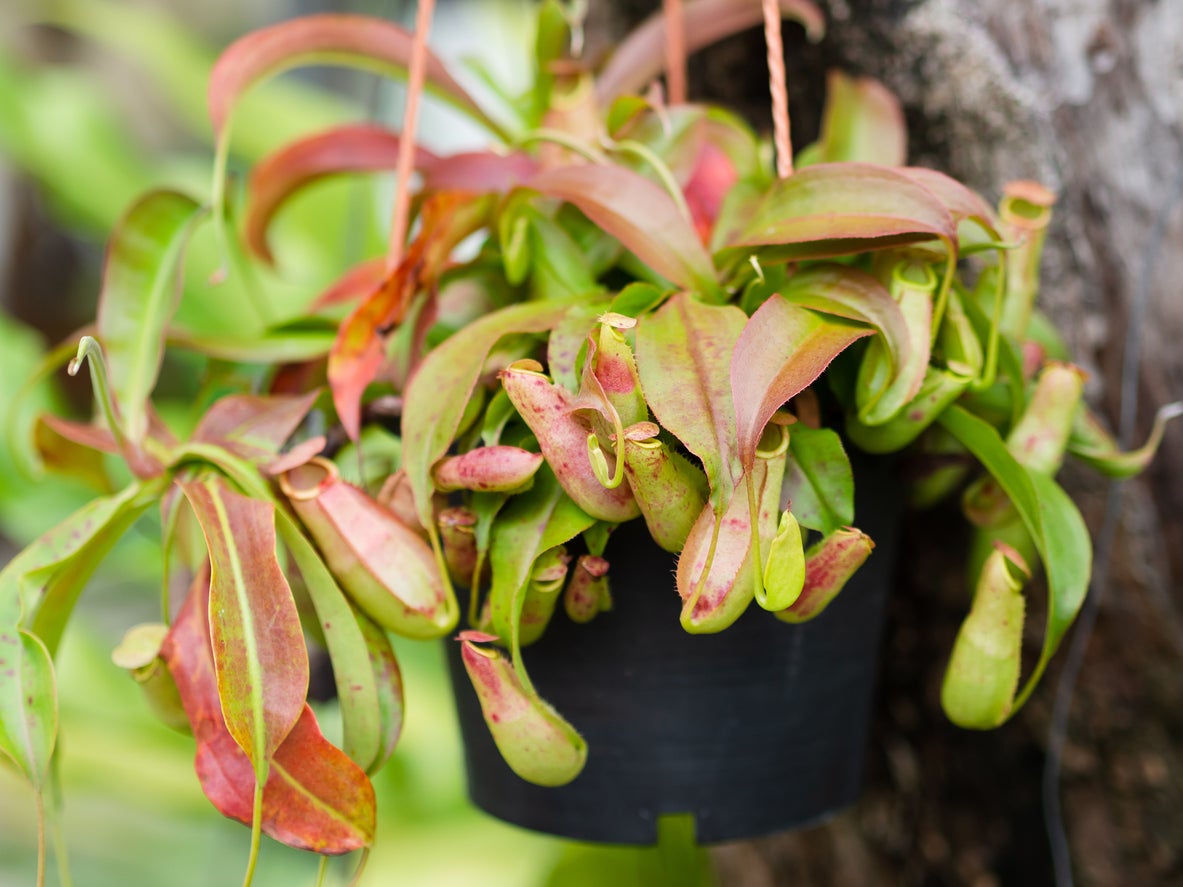 Nepenthes Pitcher Plants: Treating A Pitcher Plant With Red Leaves
Nepenthes Pitcher Plants: Treating A Pitcher Plant With Red LeavesNepenthes pitcher plants are often grown as houseplants. If you own one, you may see your pitcher plant leaves turning red. There are various possible reasons for a pitcher plant with red leaves; some require fixing, some do not. Click here to learn more.
By Teo Spengler
-
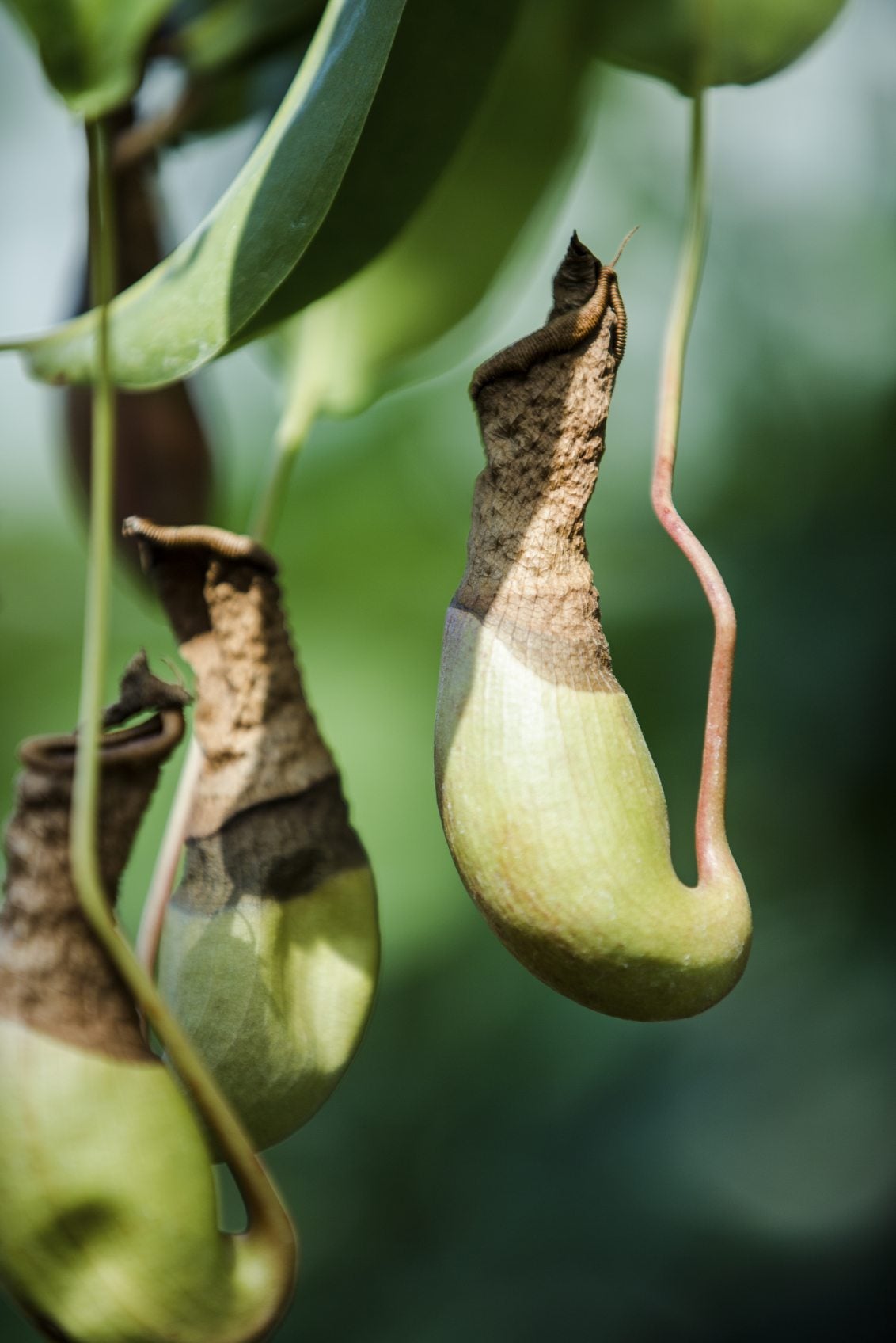 Pitcher Plant Pest Control: Learn About Pests Of Pitcher Plants
Pitcher Plant Pest Control: Learn About Pests Of Pitcher PlantsPitcher plants are exotic, fascinating plants, but they're prone to many of the same problems that affect any other plant, including pests. If you're wondering how to get rid of bugs on carnivorous plants, it can be tricky. Click here to find out why.
By Mary H. Dyer
-
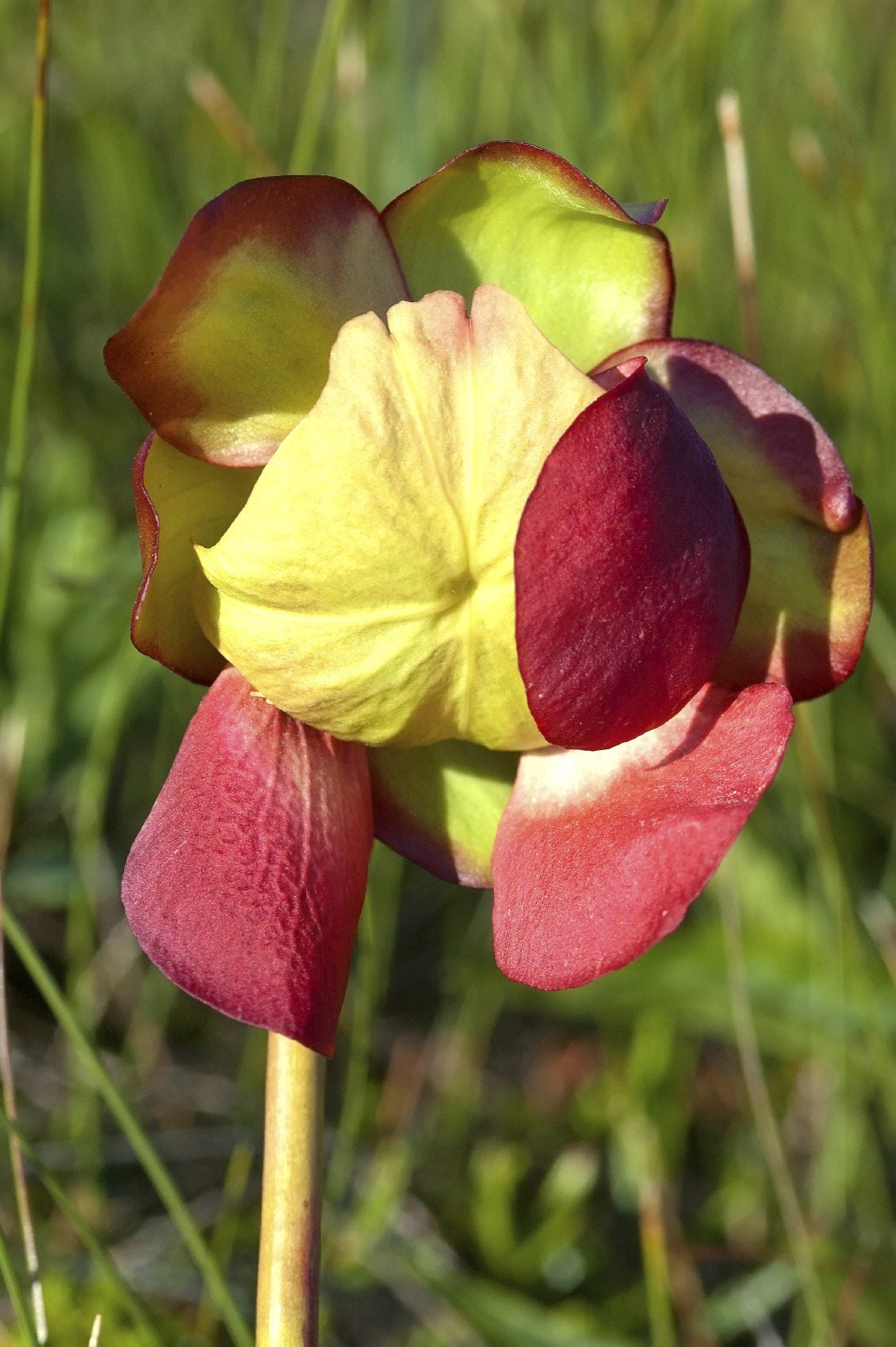 Do Pitcher Plants Bloom: Learn About Pitcher Plant Flowers
Do Pitcher Plants Bloom: Learn About Pitcher Plant FlowersDo pitcher plants bloom? They certainly do, and pitcher plant flowers are just as fascinating as the colorful, mysterious pitchers. Click on this article for more pitcher plant flower information. You'll be amazed at how lovely their flowers are.
By Mary H. Dyer
-
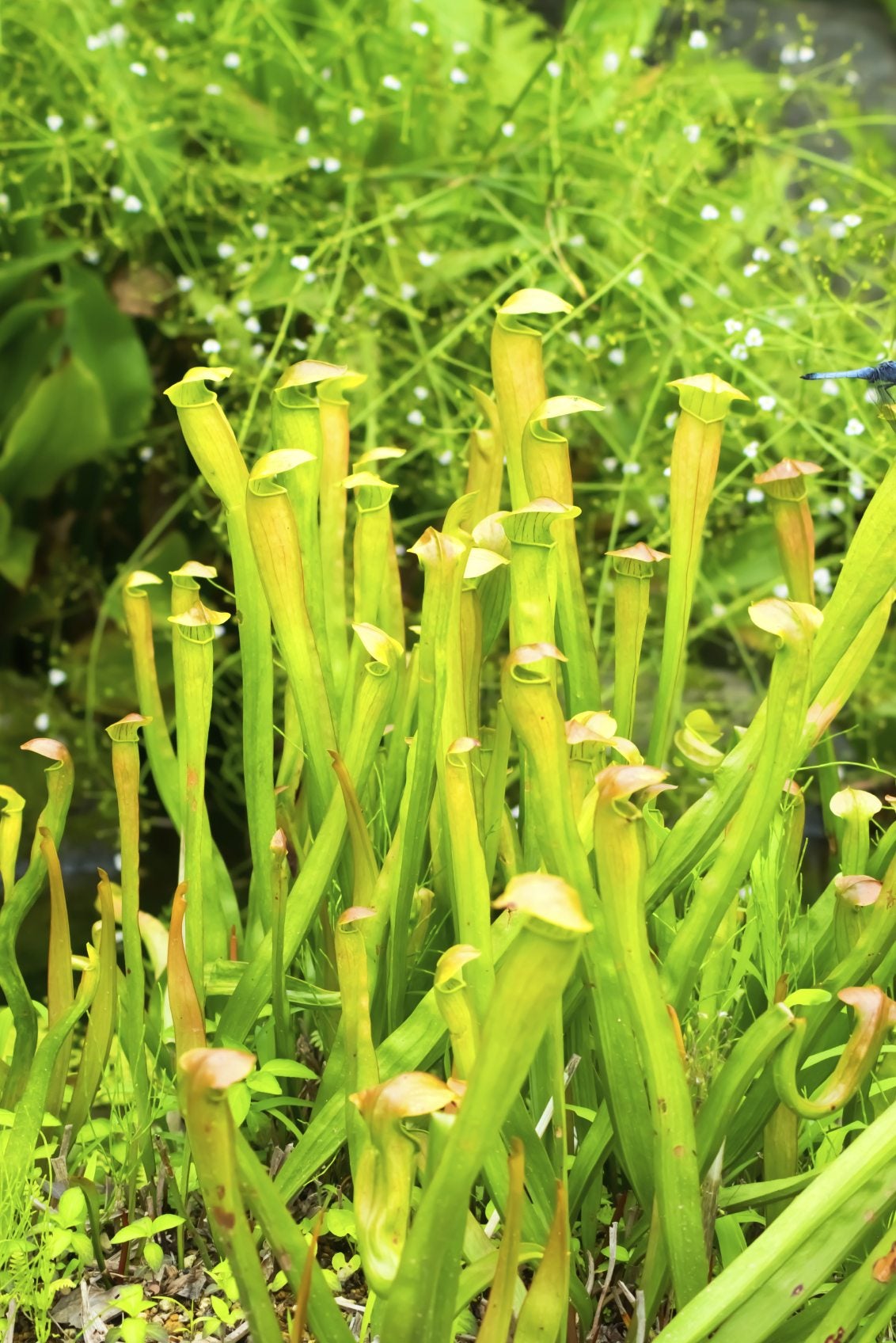 Pitcher Plant Info: Growing Pitcher Plants In The Garden
Pitcher Plant Info: Growing Pitcher Plants In The GardenGrowing pitcher plants outdoors requires a combination of conditions quite different from ordinary garden plants. To learn what these plants need to grow outdoors, click on the article that follows for additional information.
By Karen Boness
-
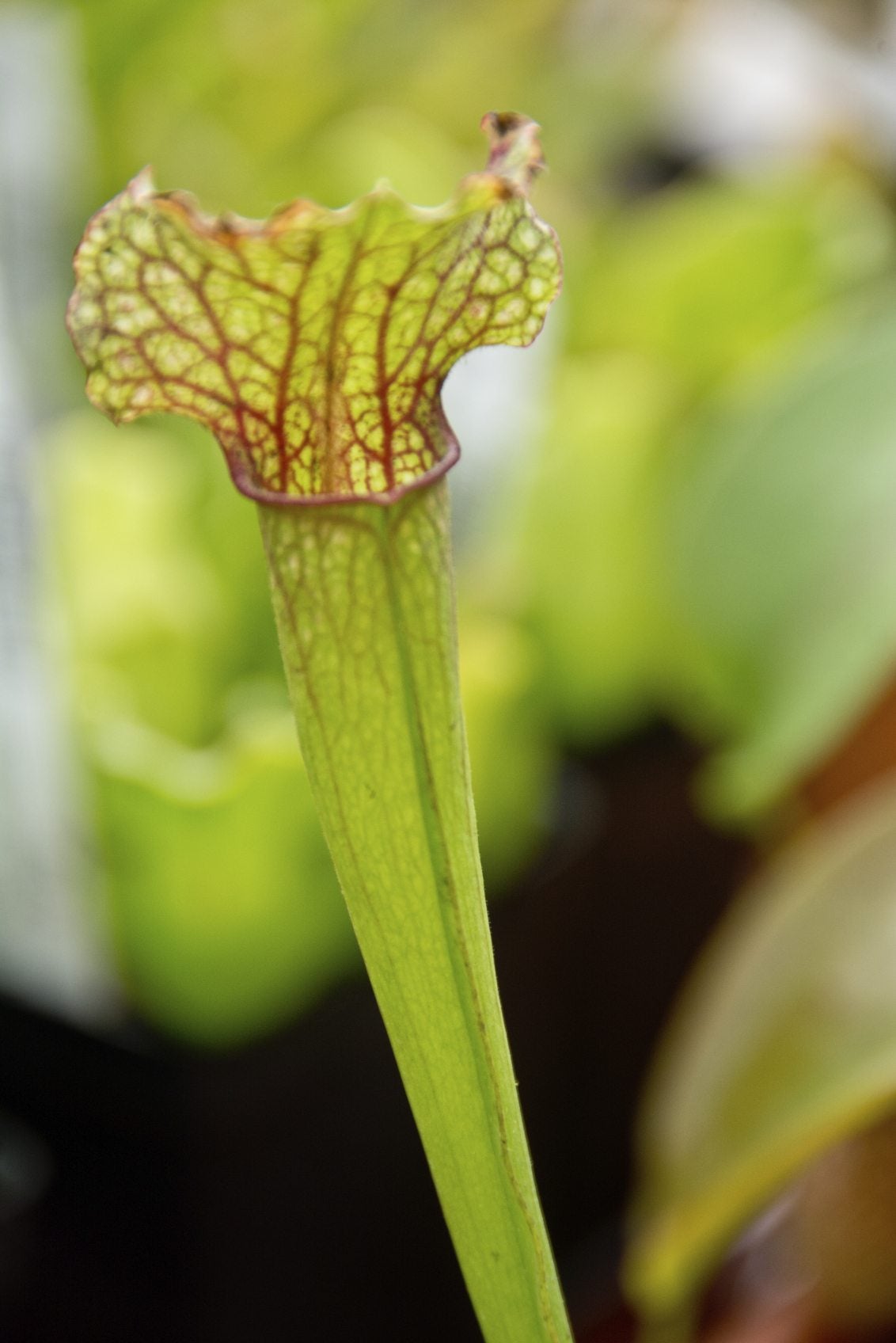 Carnivorous Plant Problems: Why A Pitcher Plant Has No Pitchers
Carnivorous Plant Problems: Why A Pitcher Plant Has No PitchersIf you're having carnivorous plant problems, such as a pitcher plant not making pitchers, it may require some troubleshooting to determine the problem. For helpful tips on this issue, simply click on the following article.
By Mary H. Dyer
-
 Pitcher Plant Seeds: Guide To Pitcher Plant Seed Growing
Pitcher Plant Seeds: Guide To Pitcher Plant Seed GrowingPitcher plant seed sowing is one of the best ways to reproduce this beautiful plant. But like the seeds of other carnivorous plants, they need special treatment to give them their best chance of growing. Click this article to learn more.
By Teo Spengler
-
 Trimming Pitcher Plants: Guide To Pruning A Pitcher Plant
Trimming Pitcher Plants: Guide To Pruning A Pitcher PlantGenerally, pitcher plants do not require much maintenance, but pruning a pitcher plant occasionally produces a more vigorous plant. Learn how to prune a pitcher plant and when it?s done in the following article. Click here for more info.
By Teo Spengler